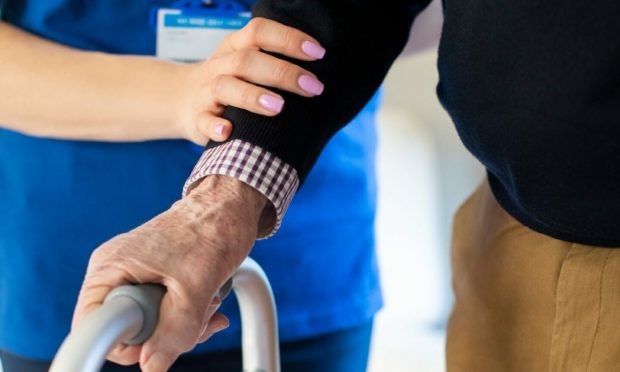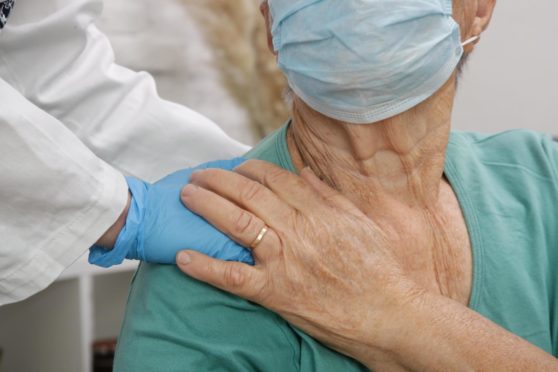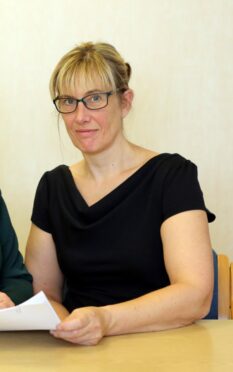Health and social care services in Dundee are facing increased pressure as staff deal with non-hospitalised Covid-19 patients.
Cases across Scotland have been rising rapidly again since the start of August, and though hospitalisations are relatively low, many elderly and vulnerable people who contract the virus still need care.
It is claimed social care teams in the city, which are already stretched due to staff absence, are struggling to keep up with the number of home visits needed.
Speaking at a meeting this week, Vicky Irons – chief officer of Dundee Health and Social Care Partnership Integrated Joint Board (IJB) – said: “We’d hoped by this point in proceedings that this wouldn’t be a regular feature in IJB meetings.
“But I’m very conscious that most members will have seen the numbers again starting to rise with confirmed cases of Covid.
“I think the inevitable impact for us is that, if people don’t necessarily become acutely unwell and convert into a hospital stay, it essentially means that our primary care services and our community based services are those that are giving that level of assessment, care, and support.”
Demand continuing to increase
She says fewer hospitalisations are a positive but has warned it does not mean there is no pressure on frontline staff.
She said: “I think it’s fair to say the increase we are seeing in demand, particularly for those needing help from social care services in their own homes, is continuing to increase.
“That’s a picture matched across Scotland.
“We are also seeing an increase in the complexity of the people we are supporting at home, including the frailty.”
Hospital admissions for non-Covid issues are also increasing, Ms Irons says, and many of these people have complex issues and need specialist care.
She also says teams are struggling to organise the care packages patients need so they can leave hospital.
Termed ‘delayed discharge’, it means those patients end up staying in hospital for longer than needed, and Ms Irons says “demand is currently outstripping capacity”.
Rates of delayed discharge are on the rise in Tayside and Fife having dropped during the height of the pandemic.
There have also been higher rates of staff absence due to exhaustion, self-isolation and summer annual leave.
Jenny Hill, Dundee IJB resource manager, said: “It’s really been a triple whammy.
“It’s a combination of people being ‘pinged’ – meaning they have to self-isolate – it being a time when many people are off on annual leave because it’s summer, and the fact we’ve already got a relatively high absence level.
“I think that’s probably to be expected given the past year and a half and what many people have been through.
“As things ease up a bit we get staff feeling exhausted. It’s not a great situation but it is now going in the right direction.”


